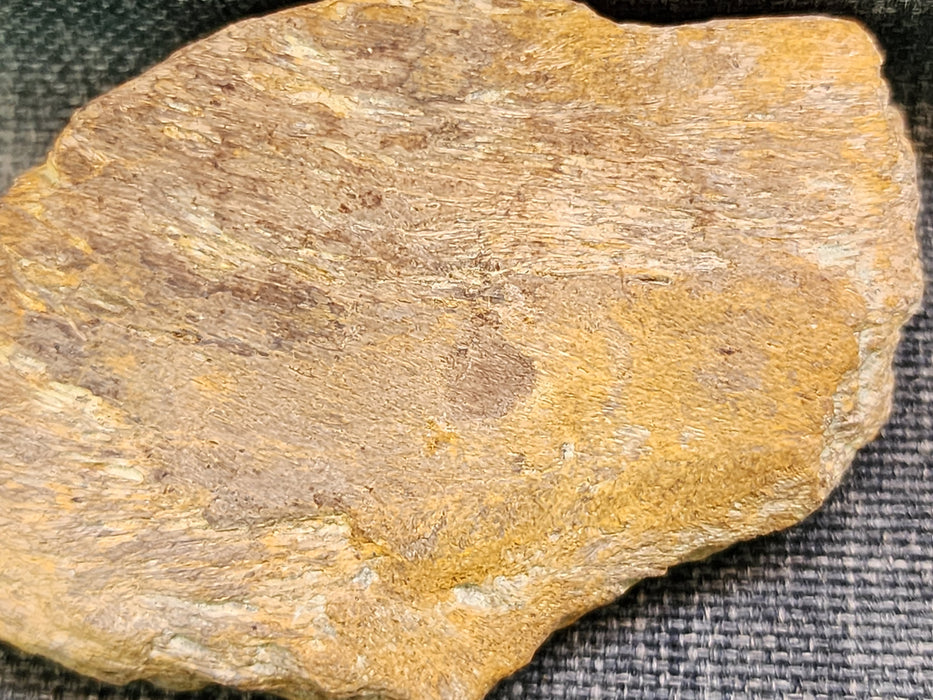
Edmontosaurus Bone | Montana
Specimen approx. size: 3" x 2"
Edmontosaurus is a genus of hadrosauid (duck billed) dinosaurs. There are two known species of Edmontosaurus. The Edmontosaurus regalis and the Edmontosaurus annectens. They could get up to 39 feet long and weighed up to 4 tons. They lived in the upper cretaceous during the Campanian to Maastrichtian time periods. Which was 83.6 mya to 66 mya. The Edmontosuarus annectens predators were the Tyrannosaurus, Albertosaurus, and Daspletosaurus.
The Edmontosaurus was herbivorous. They had a beak which allowed it to crop food from plants and trees. They lived in a humid and subtropical climate. There were ferns and conifers in the swamps and live and shrubs in the forest.
The Hell Creek Formation is an intensely-studied division of Upper Cretaceous to lower Paleocene rocks in North America, named for exposures studied along Hell Creek, near Jordan, Montana.
The Hell Creek Formation occurs in Montana and portions of North Dakota, South Dakota, and Wyoming.
Strata in Hell Creek a series of fresh and brackish-water clays, mudstones, and sandstones deposited during the Maastrichtian, the last part of the Cretaceous period, by fluvial activity in fluctuating river channels and deltas and very occasional peaty swamp deposits along the low-lying eastern continental margin fronting the late Cretaceous Western Interior Seaway. The climate was mild, and the presence of crocodilians suggests a sub-tropical climate, with no prolonged annual cold. The famous iridium-enriched K–T boundary, which separates the Cretaceous from the Cenozoic, occurs as a discontinuous but distinct thin marker bedding within the Formation, near its uppermost strata.






